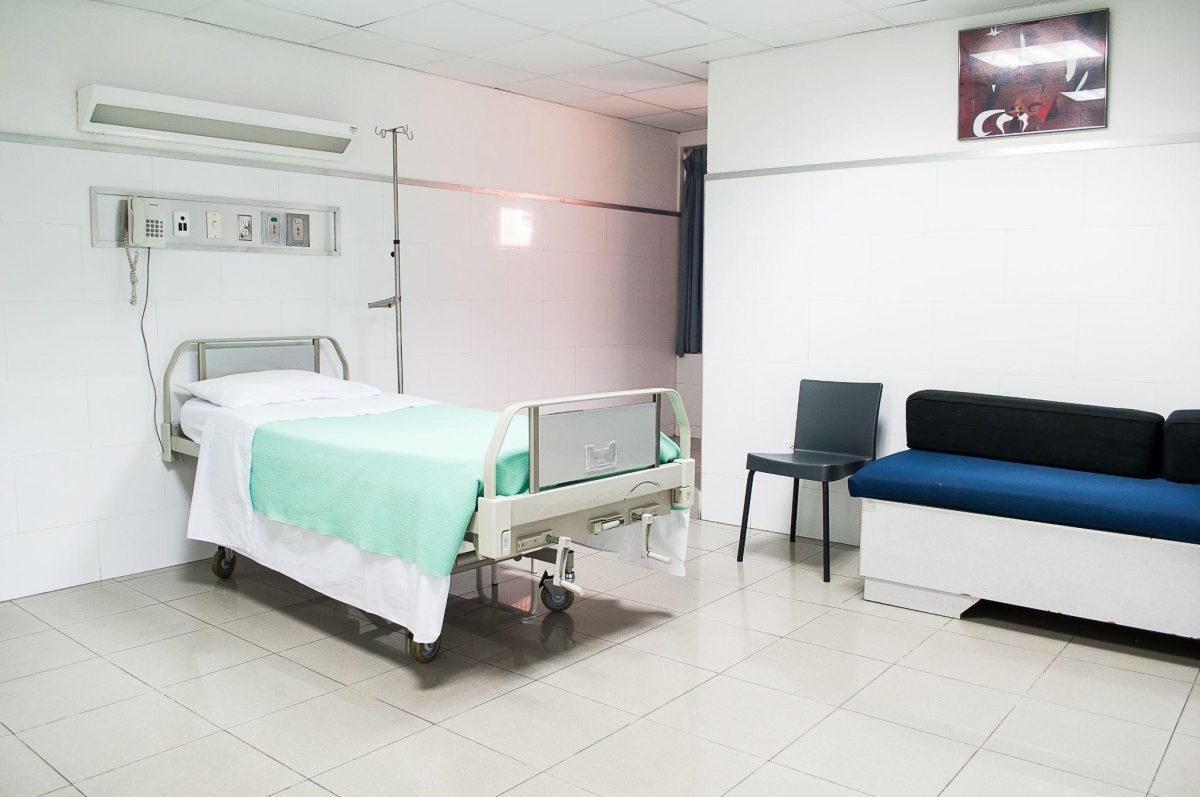Emergency Room doctors must remain alert at all times, dealing with everything from minor cuts that require sutures and tetanus shots to more serious mental health crises and allergic reactions.
However, hospital officials’ pressure to turn emergency departments (EDs) into revenue channels leads to patient boarding and overcrowding that compromise the system’s ability to deal with emergencies and disasters.
Table of Contents
Misdiagnosis
Misdiagnosis is one of the most frequently occurring medical errors in an emergency room and it can have severe repercussions for patients, leading to unnecessary procedures, worsened conditions, or even death.
Misdiagnosis often happens as a result of doctors rushing through tests or failing to properly understand a patient’s symptoms; alternatively, it could occur if an ER doctor does not consider a patient’s medical history properly or interprets test results incorrectly. You can click here to learn more about misdiagnosis.
Such mistakes can be avoided through improved training for emergency room staff and more resources to provide more tests; patients can then remain longer while providers figure out their diagnosis.
Foreign Objects
Foreign objects of various shapes and sizes can enter the body through ears, eyes, noses, mouths, and other orifices.
People visiting emergency rooms with foreign objects lodged in any one of these areas usually exhibit symptoms including pain, difficulty breathing, rattling in ears, choking, and/or bleeding – this medical issue tends to occur more commonly among children who stick objects like beads and buttons into their ears and noses or swallow a foreign object without realizing.
Metal objects are one of the most frequently encountered foreign bodies in emergency departments, making radiographs an easy way to identify them and remove wounds containing tissue embedded with metal debris.
Nonmetallic foreign objects may be harder to identify in radiographs but should still be evaluated and removed; accordingly, wood or plastic objects pose less of risk than metallic ones due to their composition.
Retained foreign objects (RFO) are less frequently seen in emergency rooms but are still a serious risk; such objects should be identified and tracked down manually or via technologies like bar-coding sponges for removal. RFOs should be identified early to prevent serious tissue damage.
Headaches
Headaches are among the primary reasons people visit a physician. Although headaches tend to be benign, in certain instances they could signal more serious conditions that warrant immediate medical intervention and patients should always consult a professional to get accurate diagnoses and treatments.
Tension headaches are among the most prevalent forms of headache, typically experienced on both sides of the head or in the neck area and felt as tight bands or vices pressing against sensitive spots in your body. Other forms include cluster headaches which recur for months at a time as well as sinus headaches caused by nasal congestion.
People experiencing severe or intractable headaches should seek medical advice immediately – including being seen in an emergency room if their pain does not respond to at-home remedies.
An experienced doctor can diagnose headaches by conducting a comprehensive physical exam and gathering as much information about your headache as possible, including taking a history and performing a physical examination of the eyes, ears, nose, throat, and nervous system. You can click the link: https://www.health.harvard.edu/pain/headache-when-to-worry-what-to-do to learn more.
An MRI or CT scan might also be recommended to rule out serious conditions like strokes, brain tumors, or vascular issues as probable causes.

Communication Issues
One of the biggest issues emergency room personnel can face is the inability to communicate. This can happen when a patient speaks a language that is different from that of the staff. In this circumstance, an interpreter is invaluable.
Telephone and video interpretation can be an invaluable way of connecting individuals who do not share a common language. It can prove especially invaluable during emergency situations when time is of the essence and an in-person interpreter cannot be secured immediately.
Unfortunately, however, telephone interpretation does not come without its challenges; for instance, it can be hard to accurately convey body language and facial expressions over the phone as well as outside noise interference obscuring conversations. This is why many medical facilities are utilizing Video Remote Interpretation technology to provide the best quality of care to their patients.
VRI technology can be utilized in hospitals, doctors’ offices, and other healthcare settings to facilitate communication with patients. It’s user-friendly, requiring no special equipment or programs – simply an internet connection and camera-equipped computer or mobile device can access a medical interpreter for patient communication purposes. This makes it accessible to facilities anywhere in the world.
Miscommunication in healthcare can have serious repercussions for both patients and providers alike, from delayed diagnoses or incorrect prescriptions resulting in costly hospital stays to creating confusion between healthcare providers and their patients. Therefore, open dialogue between physicians and patients must take place for patient safety purposes.


 Home
Home









